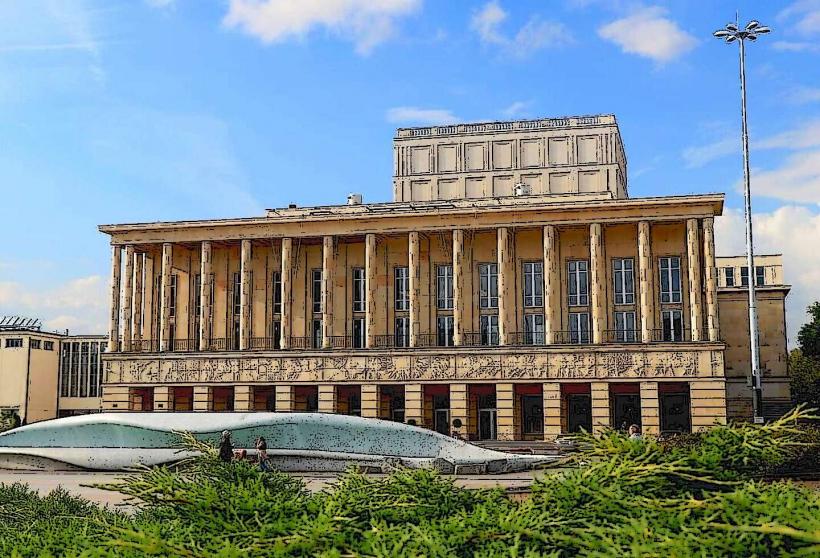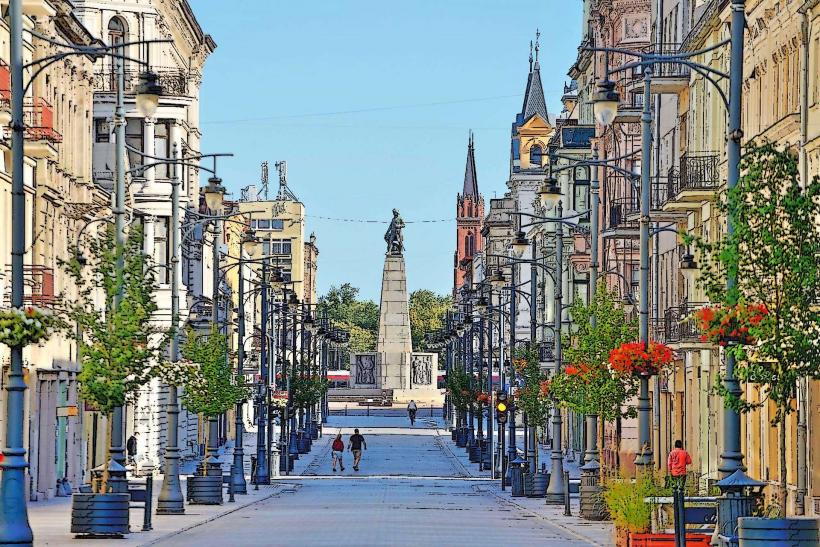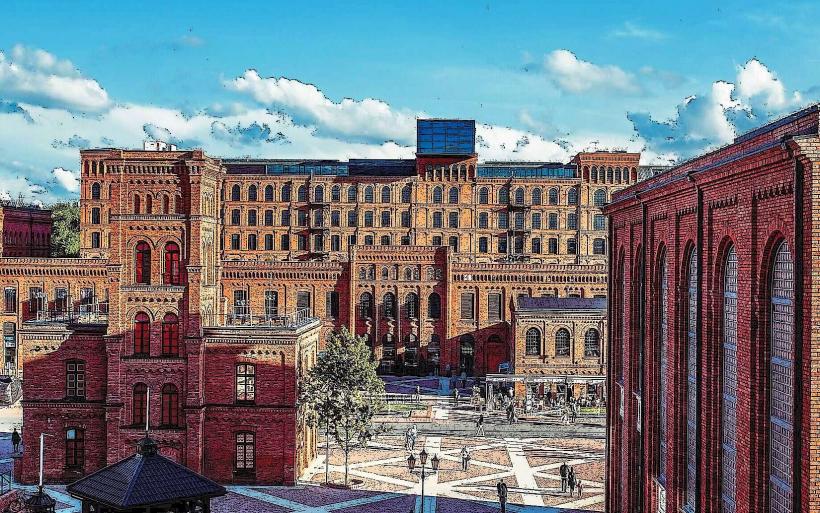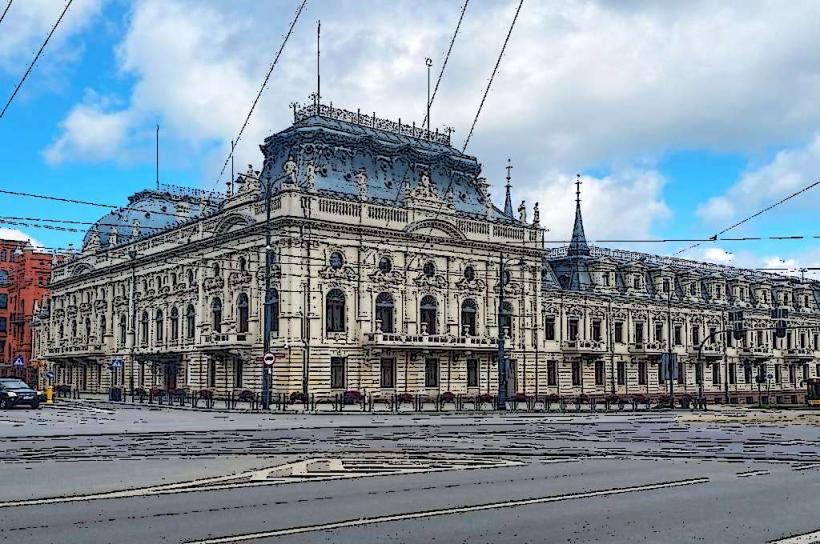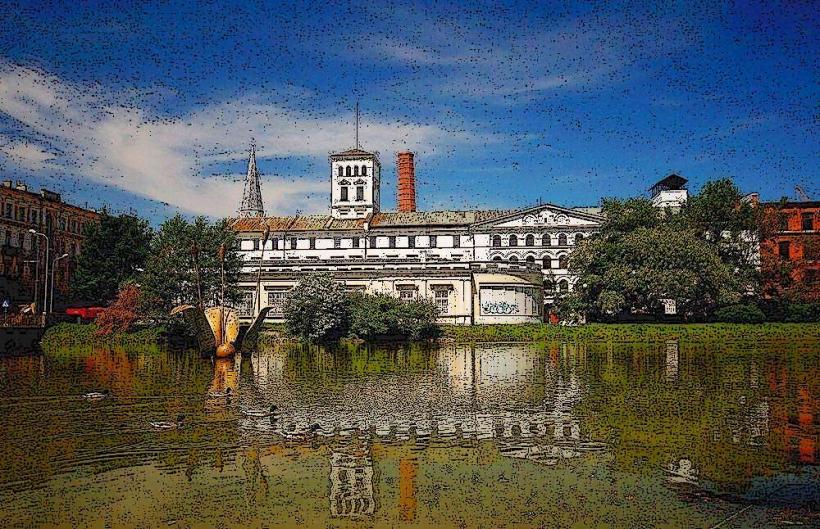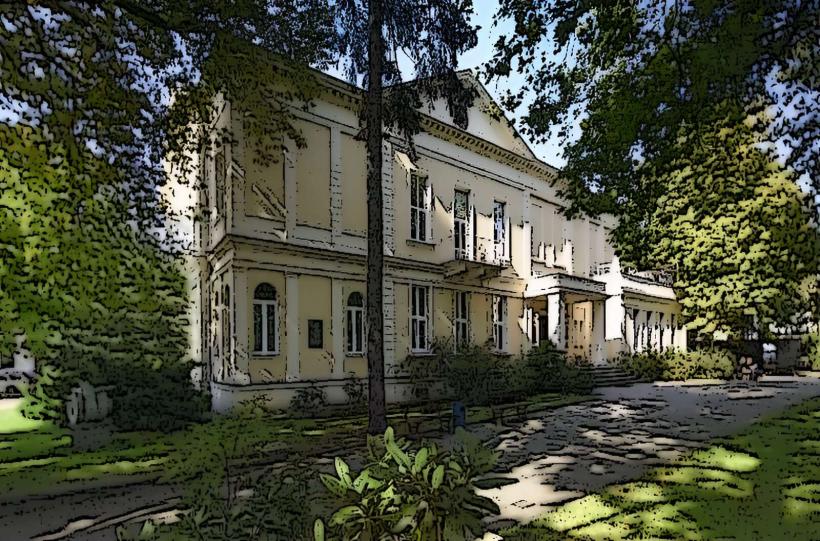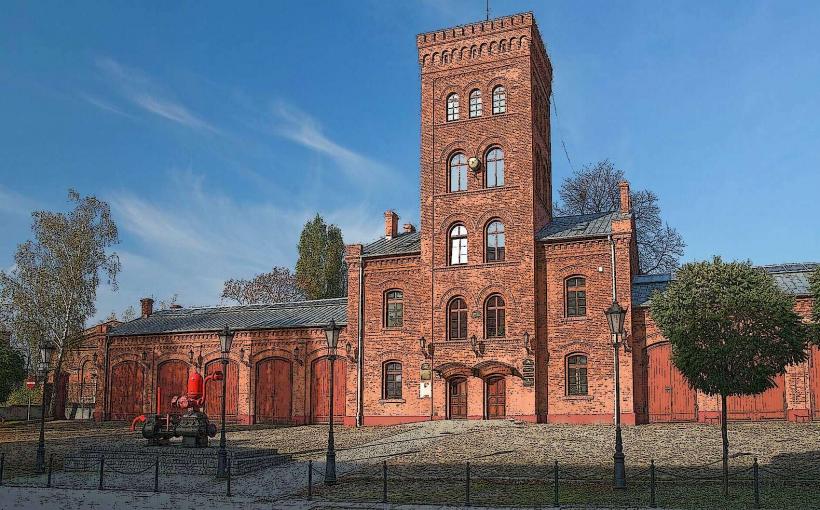Information
Landmark: Saint Alexander's ChurchCity: Lodz
Country: Poland
Continent: Europe
Saint Alexander's Church (Kościół Świętego Aleksandra) is a notable Roman Catholic church located in Warsaw, Poland. It is situated at the Pilsudski Square (Plac Piłsudskiego), one of the most significant public squares in the city, which is also home to the Tomb of the Unknown Soldier.
History and Construction
Foundation: The church was founded in the early 19th century as a tribute to Alexander I of Russia, who was the Emperor of Russia at the time and a key figure in the Congress of Vienna (1815). The church was built to commemorate the emperor's victory over Napoleon and the peaceful resolution of the Napoleonic Wars.
Design: The design of the church was crafted by the architect Antonio Corazzi, an Italian architect who was also responsible for designing several significant buildings in Warsaw during the early 19th century. The church is built in the neoclassical style, which was popular in the period, and features a dome, a classic portico, and a spacious interior.
Construction Timeline: The construction of Saint Alexander’s Church began in 1818 and was completed in 1825. It was a significant addition to Warsaw’s architectural landscape at the time and represented the city’s cultural ties to both Polish and Russian influences.
Architecture
Exterior: The church’s exterior is a fine example of neoclassical architecture, with a large, porticoed entrance that features Corinthian columns. The design is symmetrical and minimalist, with an imposing façade that draws attention due to its size and grandeur.
Dome: A distinctive feature of Saint Alexander’s Church is its large dome, which is visible from several points in the city and gives the church an imposing presence in Pilsudski Square. The dome’s design is influenced by classical styles, featuring a smooth, curved structure with simple detailing.
Interior: The interior of the church is spacious and reflects the neoclassical style in its clean lines and minimalistic yet elegant decor. The altar is adorned with beautiful sculptures and paintings, while the church also houses notable works of art, including statues and frescoes depicting religious themes.
Cultural Significance: The church has played an important role in Polish religious and cultural life, not only as a place of worship but also as a site for important state and ceremonial events. It is a symbol of the city's resilience and connection to both Polish and Russian history, as well as the broader European cultural and religious traditions.
Role in Warsaw’s History
Commemoration of Alexander I: The church was originally dedicated to Alexander I in honor of his role in bringing peace to Europe after the Napoleonic Wars. Although his memory is less prominent today, the church’s foundation and purpose are deeply tied to this historical period.
Cultural and Religious Events: Throughout its history, Saint Alexander’s Church has hosted significant religious ceremonies and state events. The church’s location in the heart of Warsaw, near several key political institutions, has made it a prominent site for such activities.
Restoration and Preservation: Over the years, the church has undergone various restoration efforts to maintain its architectural beauty. These efforts have included the repair of the church’s structure and the preservation of its interior, particularly after damage during World War II.
Today
Today, Saint Alexander’s Church remains an active Roman Catholic parish and an important historical landmark in Warsaw. It is visited by both locals and tourists, who come to admire its architecture and learn about its significance in Polish history. It also serves as a place of worship, hosting regular masses and religious ceremonies.
- Location: Saint Alexander’s Church is located in Pilsudski Square, a central and highly visited area in Warsaw. It is within walking distance of other important landmarks in the city, including Warsaw’s Old Town, Royal Castle, and Łazienki Park.
Memorial and Symbolism
Tomb of the Unknown Soldier: Saint Alexander’s Church is located near the Tomb of the Unknown Soldier, a national monument dedicated to Polish soldiers who died in combat for Poland's independence. The proximity of these two sites makes Saint Alexander’s Church a key part of the city’s cultural and historical landscape.
Legacy: Although the church was originally built in honor of Alexander I, it has transcended its initial purpose to become a symbol of Polish resilience and religious heritage. The church is a testament to Warsaw's history, architecture, and cultural identity, with a lasting legacy in the city’s religious and public life.
Conclusion
Saint Alexander's Church is an architectural gem in Warsaw, rich in history and cultural significance. It stands as a neoclassical monument to both Polish and European history and remains a vital part of the city’s landscape, drawing attention for its beauty, historical importance, and role as a place of worship. Whether visiting for its historical importance, religious services, or simply to admire its architecture, the church remains an essential part of Warsaw’s heritage.

